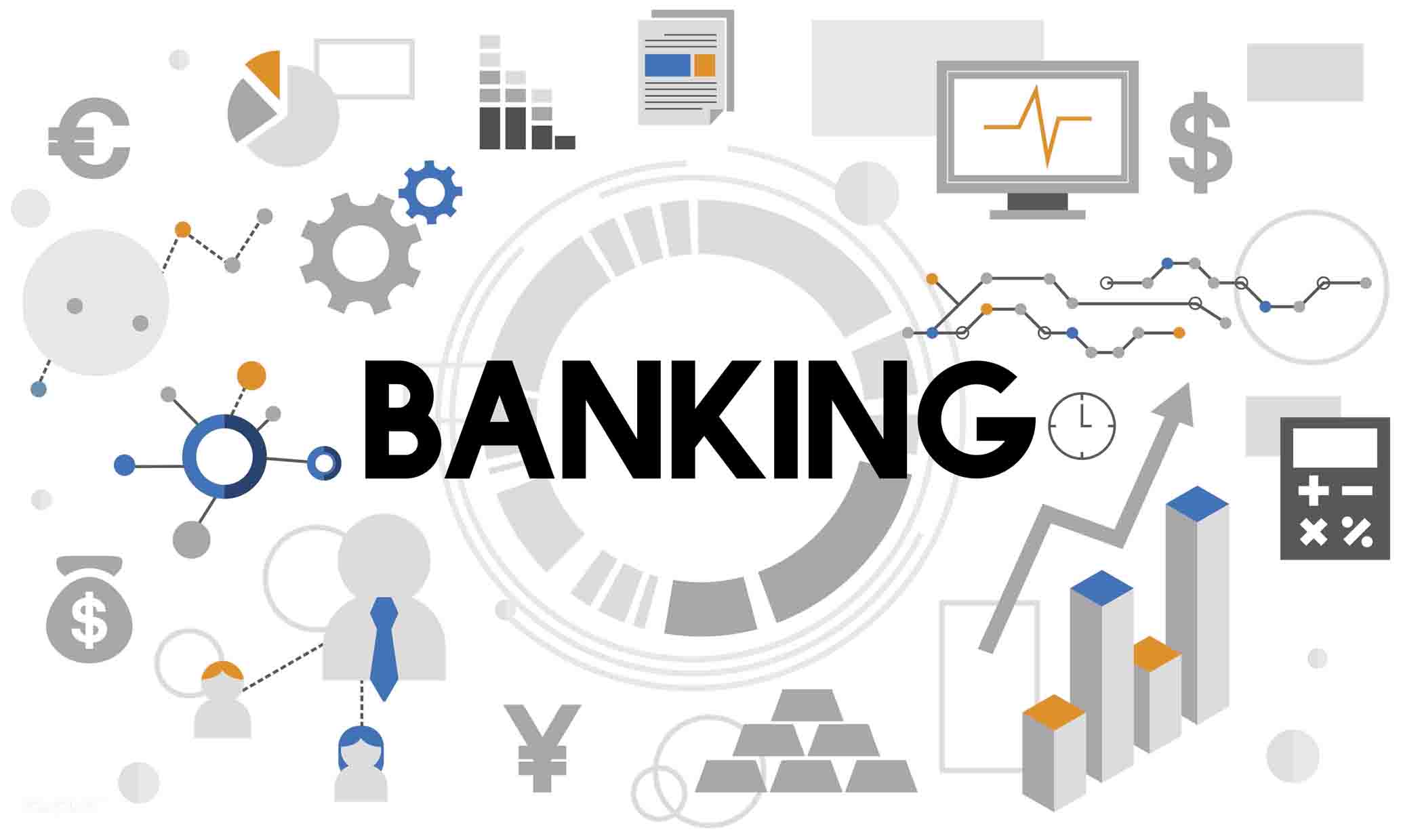Hans Tesselaar, Executive Director at Banking Industry Architecture Network (BIAN)
Today, consumers value convenience more than ever before. Whether it’s in retail, healthcare or finance, customers want experiences to be increasingly fast and seamless, with as little friction as possible. When it comes to financial services, this push for convenience has motivated businesses to look at integrating finance solutions seamlessly into non-financial offerings, such as providing insurance through an ecommerce checkout (e.g when purchasing a holiday) or providing a retailer branded credit card (e.g Amazon Store Card). This is known as embedded finance, and it’s dramatically changing the way customers interact with financial services.
The future of financial services
The industry is shifting to reflect a future where banking is not just a service, but embedded seamlessly into customers’ everyday transactions and, therefore, daily lives. Embedded finance allows firms not usually considered to be financial companies to provide services like banking, payments, lending, and insurance, all through their own platforms and ecosystems.
Embedded finance marks a huge shift from traditional banking and fintech business models, expanding the reach and value of financial services by offering solutions to those previously underserved. This is not a new concept – car companies have been offering direct-to-consumer auto loans for decades, and store-branded cards for retailers have been prevalent since the inception of credit services. But embedded banking’s prominence has accelerated in recent years, motivated by changes in retailing and fintech apps, evolving customer expectations for simpler, faster experiences, and the prominence of APIs and software as a service (SaaS) models.
With embedded banking as part of their business, organisations can create new revenue streams and possibilities for profit, covering more consumer needs to create a more engaged customer base. As well as making the business more engaging, embedded finance can cultivate trust and greater brand loyalty, allowing users to remain within one ecosystem to increase convenience and save time. Additionally, embedded finance can enhance security, as businesses can access vetted technology partners with experience in payments, lending, and asset management, reducing the risks that come with compliance and in-house management.
From airlines offering insurance packages to retailers providing buy now and pay later (BNPL) services, embedded finance is clearly garnering considerable investment across the board. In fact, a recent study from IBM and BIAN found that 70% of bank executives said embedded finance is either core or complementary to their business strategy.
With retailers like Sainsbury’s selling their core banking business, many assume that small-medium banks are at risk. The fact that nearly 3 in 4 banks are implementing or have gone live with an embedded finance strategy proves the contrary – in fact, these businesses where banking is not a core business are now opting to focus on their central business, instead looking to embedded finance offerings to benefit customers without the associated risks.
The need for interoperability
Not every business today is ready to implement embedded finance. One of the major barriers to adoption is outdated banking architectures, which impede their ability to provide embedded finance services. The use of legacy technology within many banks means that the speed in which they can roll out new services is often too slow, and new services cannot be brought to market as quickly as they’re needed. Plus, a lack of industry standards means that banks are restricted to working with partners that speak the same language and can work with their existing ecosystem, rather than the partners that will truly innovate their business.
To enable embedded solutions, financial organisations need to overcome these obstacles around interoperability. The answer to this lies in creating an ecosystem of fintechs, technology vendors and aggregators to boost the speed at which banks can implement innovative products. This is where “Coreless Banking” becomes a must.
Embracing Coreless Banking
A Coreless Banking platform supports banks in modernising their core banking infrastructure, thereby future proofing to respond with agility to new technology and customer demand. Coreless Banking allows banks to select the software vendors they need to innovate different application areas, translating each proprietary message into one standard message model so that communication between financial services is enhanced and interoperability is easier. As a result, the banking industry is empowered to collaborate, connect and upgrade, and customers have access to services that are aligned to their needs, encouraging the adoption of open banking.
As we enter a new era of banking, businesses need a new approach if they’re to evolve their legacy banking architectures and boost interoperability. Coreless banking is a key enabler of embedded finance innovation, providing a framework that’s not only customer first, but also contributes to the collaborative growth of the entire industry. But there is still some way to go. It takes, on average, around six years for banks to realise the first benefits from embedded finance strategies, so for businesses striving to keep pace, the time to act is now.



